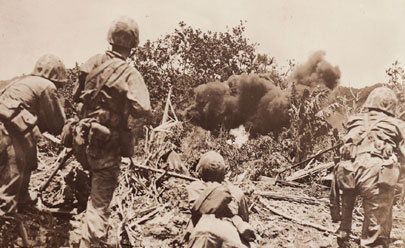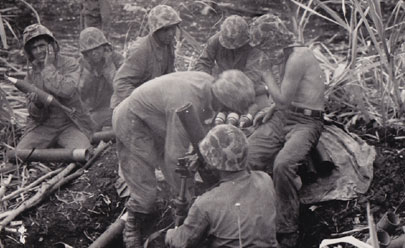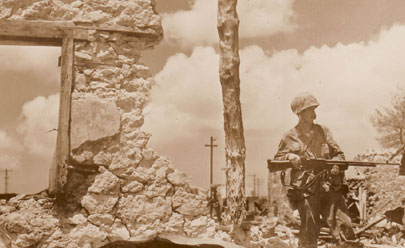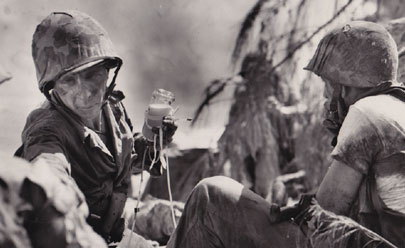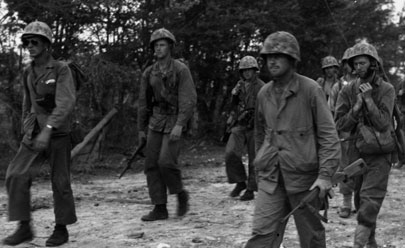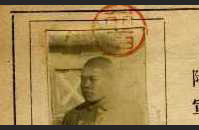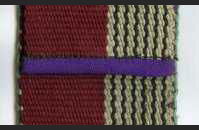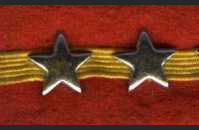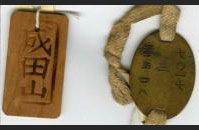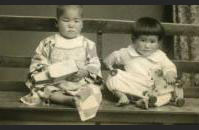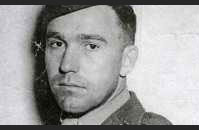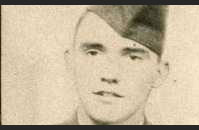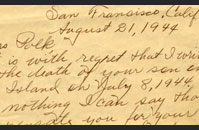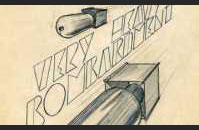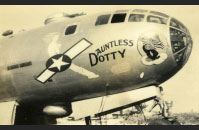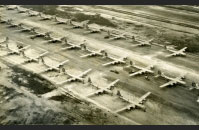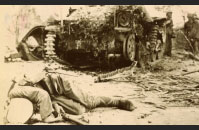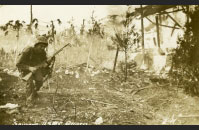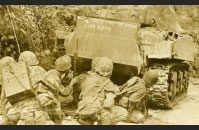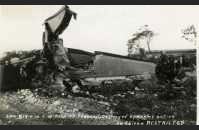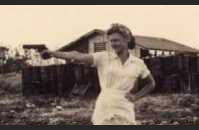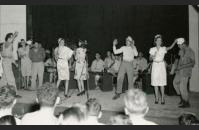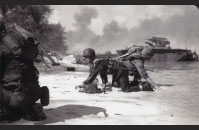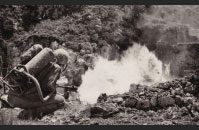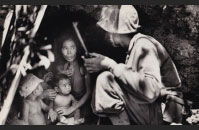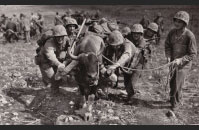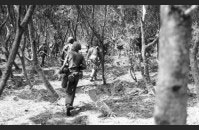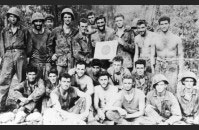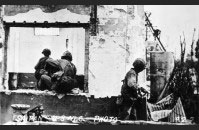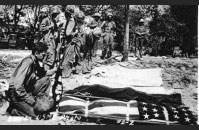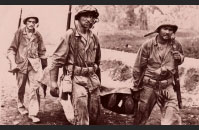FOCUS ON: SAIPAN AND THE MARIANAS:
On 15 June 1944, just days after the landings in Normandy, the island of Saipan in the Pacific was invaded by 70,000 troops of the 2nd and 4th Marine and 27th Infantry Divisions.
Saipan was defended by a garrison of 31,000 Japanese troops and was home to as many civilians. The terrain heavily favored the defenders of the island. Three quarters of Saipan lacked suitable landing beaches, which allowed the Japanese to concentrate troop strength at the most likely points of attack. After the beachhead was established, the Americans advanced inland against fierce Japanese resistance through valleys of sugar cane fields, swamps, and jungle-covered mountains.
Perhaps the most dangerous features of the terrain were the scores of natural caves honeycombing the seventy-two square mile island. Every cave potentially concealed a Japanese sniper, artillery piece, or civilians seeking refuge from the fighting. It was the first time U.S. ground forces in the Pacific encountered large numbers of Japanese civilians. The Imperial Army preyed on the good nature of the Americans by using the civilians as bait for ambushes or as human shields. The Japanese propaganda machine had done such a thorough job of demonizing the US fighting man that many Japanese women and children chose suicide rather than face the Americans on Saipan.
As June drew to a close, the Imperial Army was cornered in the rocky northern sector of the island. On 7 July, with their backs against the sea, the Japanese launched the largest Banzai charge of the war. After the fifteen-hour attack, nearly five-thousand Japanese dead lay scattered among the dug-in U.S. troops. On 9 July 1944, with the end of organized Japanese resistance, Saipan was declared secure.
In early August the Allies seized the rest of the Marianas chain with the capture of Tinian and the recapture of Guam. Located 1,500 miles from the home islands of Japan, the Marianas were transformed into massive naval and air installations to stage future amphibious operations against the Philippines as well as B-29 bomber raids against the home islands of Japan. In August 1945, the Atomic bomb missions that led to Japan’s unconditional surrender were launched from the Marianas.
Artifacts from the Collection of The National WWII Museum:
Images from the Collection of The National WWII Museum:
Images from the National Archives:

